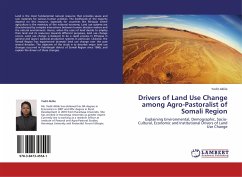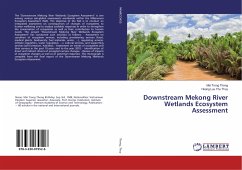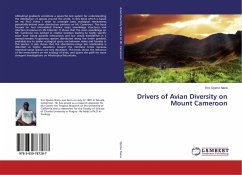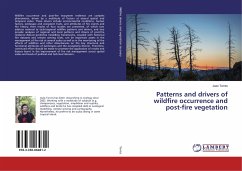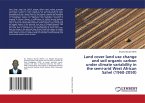Land is the most fundamental natural resource that provides space and raw materials for various human activities. The livelihoods of the majority depend on this resource, especially for countries like Ethiopia where agriculture is the mainstay of the national economy. Land use systems are characterized by complex interactions between human decision makers and the natural environment. Hence, when the users of land decide to employ their land and its resources towards different purposes, land use change occurs. Land use change is believed to be a rapid process in Ethiopia in general and (agro-) pastoral production systems in particular. Likewise, the Somali Region has experienced dramatic land use change over the past several decades. The objective of the study is to describe major land use changes occurred in Kebribeyah district of Somali Region since 1960s, and explain the drivers of these changes.
Bitte wählen Sie Ihr Anliegen aus.
Rechnungen
Retourenschein anfordern
Bestellstatus
Storno

